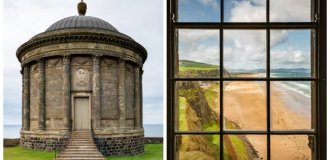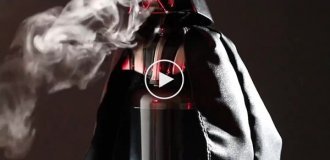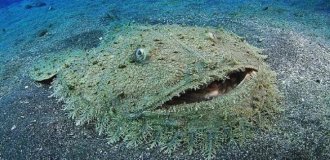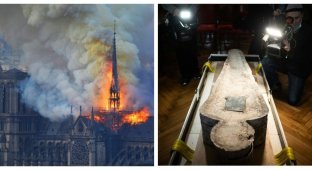The action of the royal curse that claimed the lives of 15 young scientists (7 photos)
Taking all possible security measures and even enlisting permission of the church, in 1973 a group of archaeologists opened the tomb Polish King Casimir IV Andrei Jagiellon. What followed a series unexplained deaths. 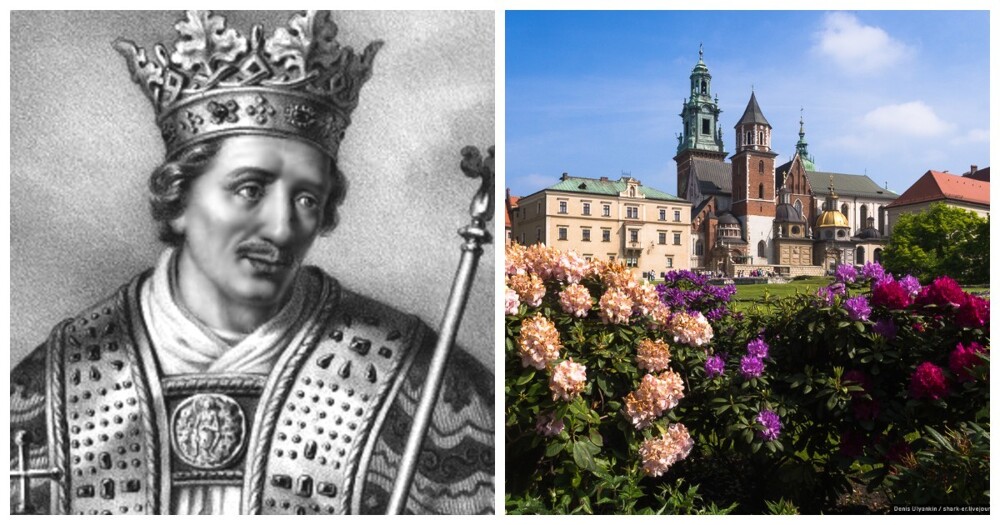
Which gave impetus to numerous rumors about the so-called curse of Jagiellon. It would seem that the researchers were not up to anything bad - they just checked if everything was in order with the burial after events of World War II. And didn't take the warning seriously inscriptions in the crypt of the ruler of the following content - "The destroyer of this work will be cursed." 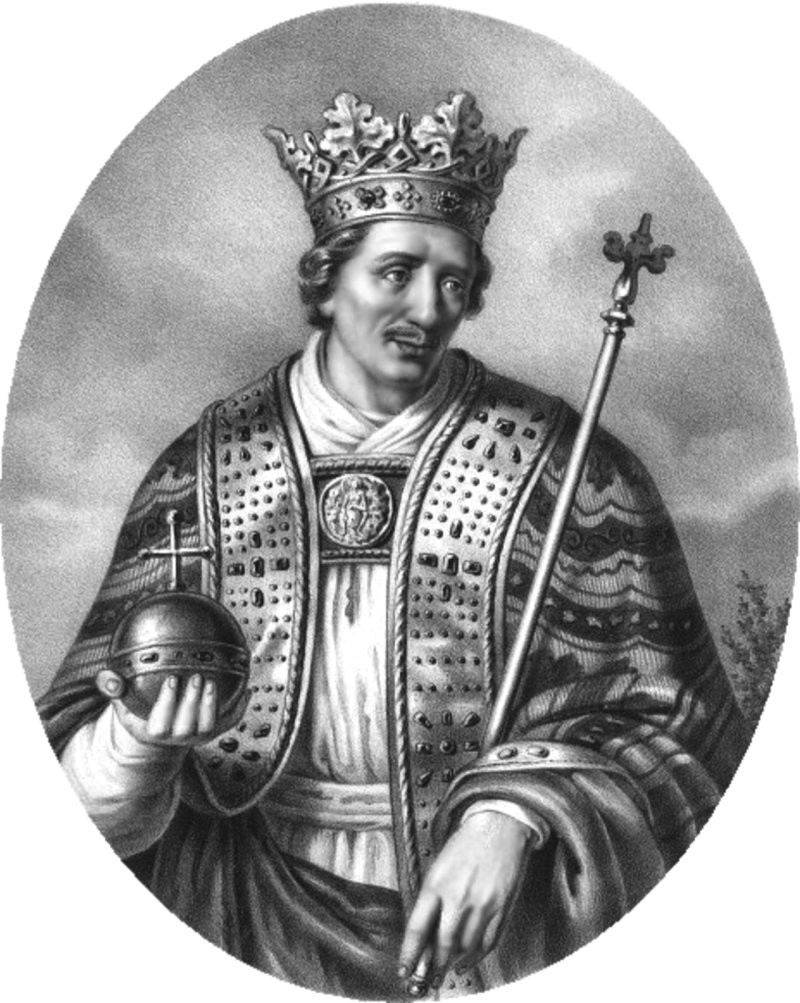
Casimir IV
It must be said that Casimir IV (1427-1492) showed himself as innovator. During his reign, Poland made itself known in Europe. In the country actively explored mineral deposits, developed crafts. 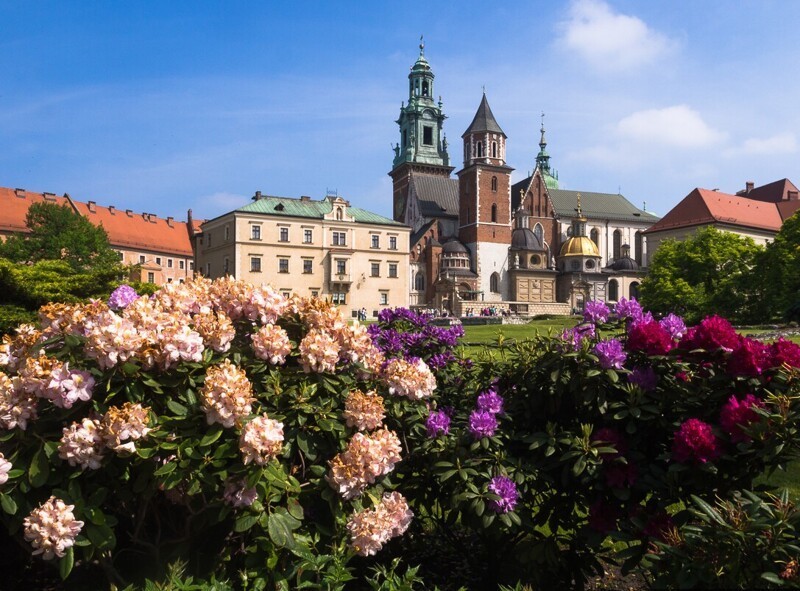
Wawel Cathedral, where coronations took place, and today the remains of Polish monarchs are buried
Even during his lifetime, the king ordered to carve in the tomb, where subsequently, both he and his wife Elizabeth found peace, a warning for those who dare to break the solitude of the dead. But with the advent of peace time, researchers had the opportunity to study history and culture. In addition, there were certain doubts that in Krakow the chapel of the Wawel Castle really buried the royal couple.
An unexpected result of the opening of the burial 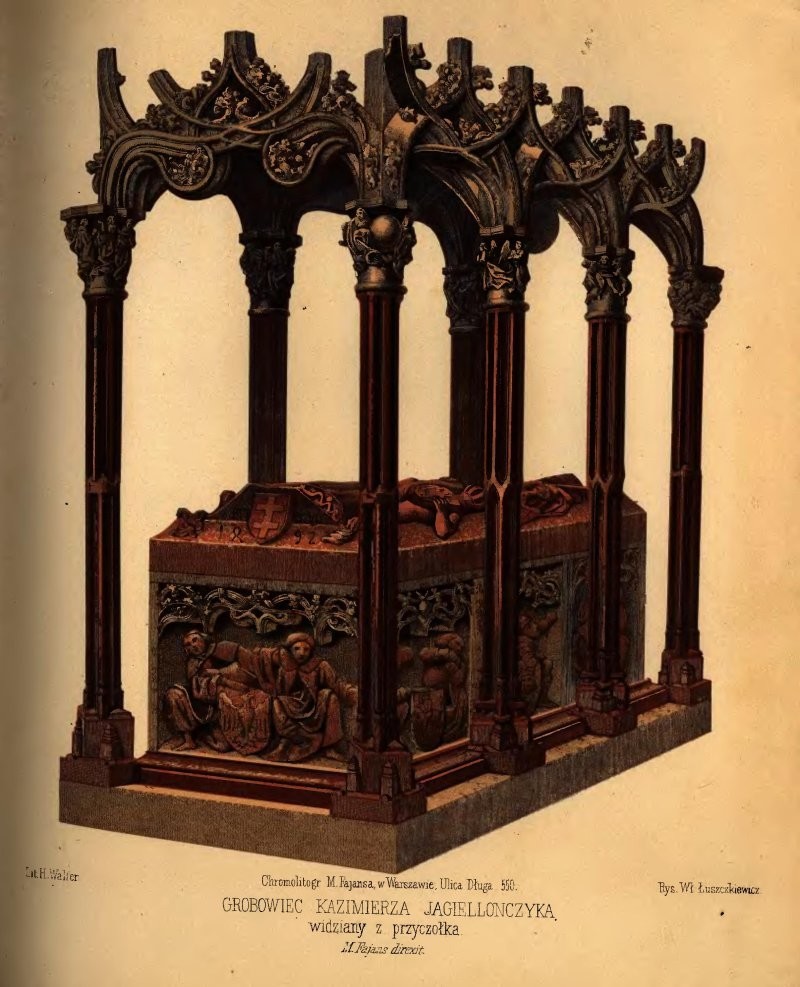
Initial view of the tomb
On April 13, 1973, a group of 15 scientists drilled into funerary crypt hole. But in order to provide a sufficient overview it turned out to be too small. And it was decided to remove one of the wall blocks. Just at this time, one of the researchers jokingly reminded colleagues of the warning. But no one paid attention to it. attention. And the archaeologists entered the underground room.
Their gaze was not the most pleasant sight: chaotically scattered bones framed by decayed parts of the coffin. Here there were precious regalia of royal power and weapons. 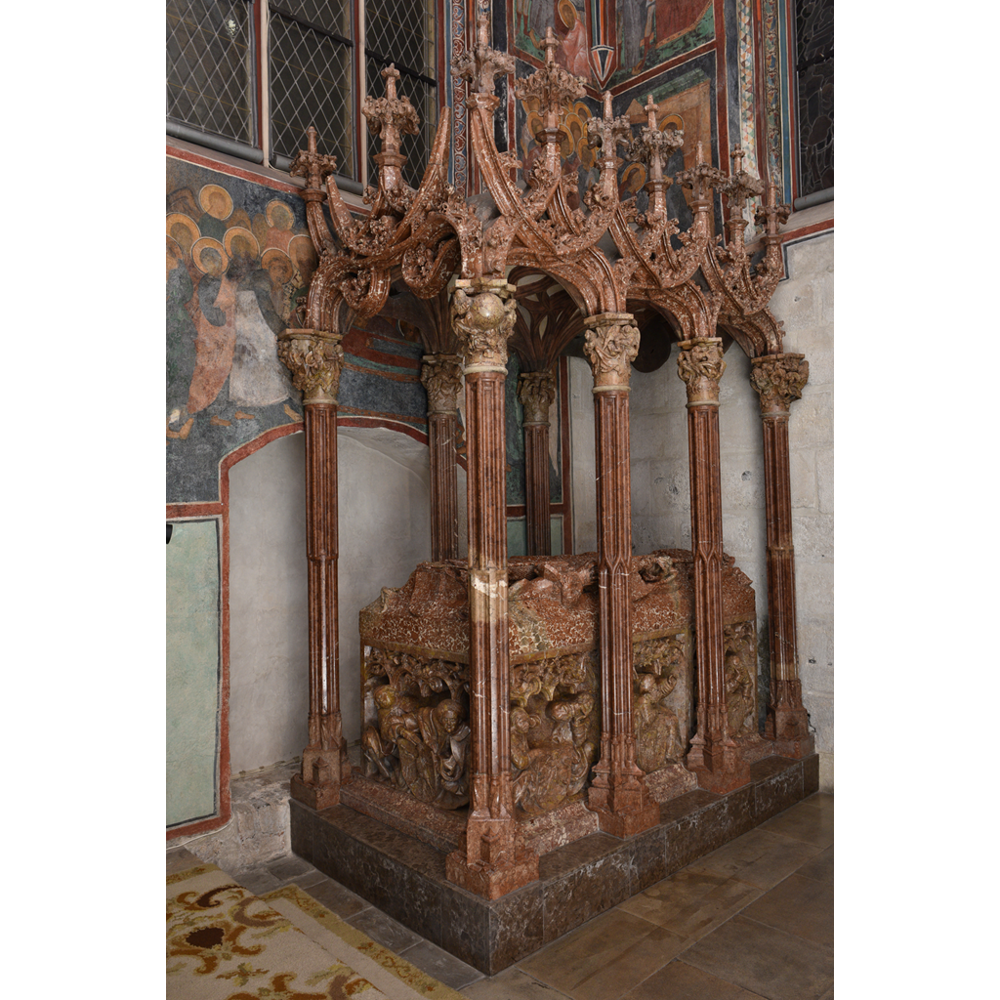
Not much time had passed, when all of a sudden everyone who was in crypt felt unwell. People began to get headaches, more frequent palpitations, problems with coordination. One of the participants fell into fainting.
A set of symptoms by all indications testified to a strong poisoning. The very next morning, several people died suddenly. scientists - those who were directly involved in the work with the remains. IN over the next year, the rest of the participants died, life who suffered a stroke, aneurysm, oncology and other diseases. What and gave rise to rumors about the curse of Jagiellon.
The curse in action? 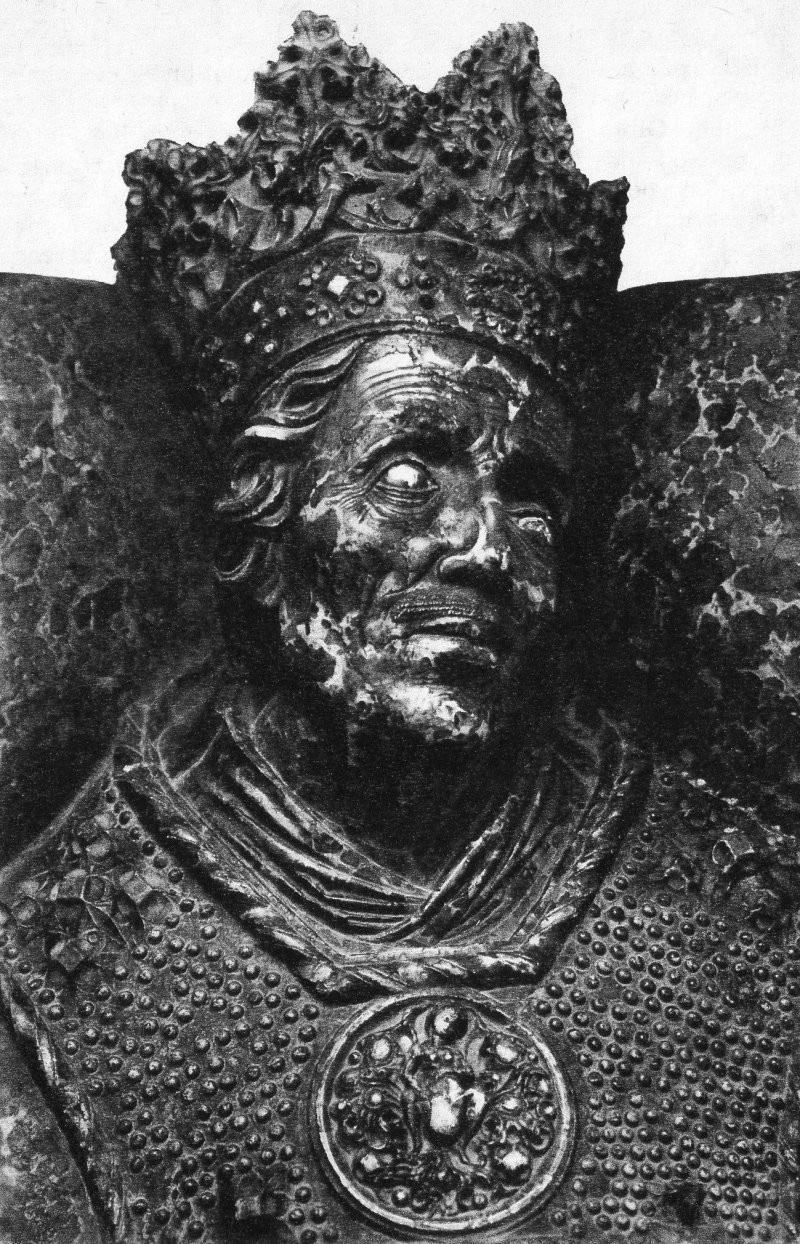
Sculpture of the king on the sarcophagus
The first more or less plausible explanation was the action of the virus. For centuries it was at rest, and after opening tombs activated.
Another version was the effect of poisons that were placed in the body to protect against vandals.
Alternatively, radioactive substances could cause death, caught in the respiratory system of people and provoked radiation sickness.
All these versions would have existed at the level of speculation. Until the final point in the case of mysterious numerous deaths is not set by a microbiologist. Bolesław Smyk took samples of the king's remains. At first, the analysis showed nothing, but after a lapse of time on the material left in the thermostat has grown colonies of bacteria. And mold. 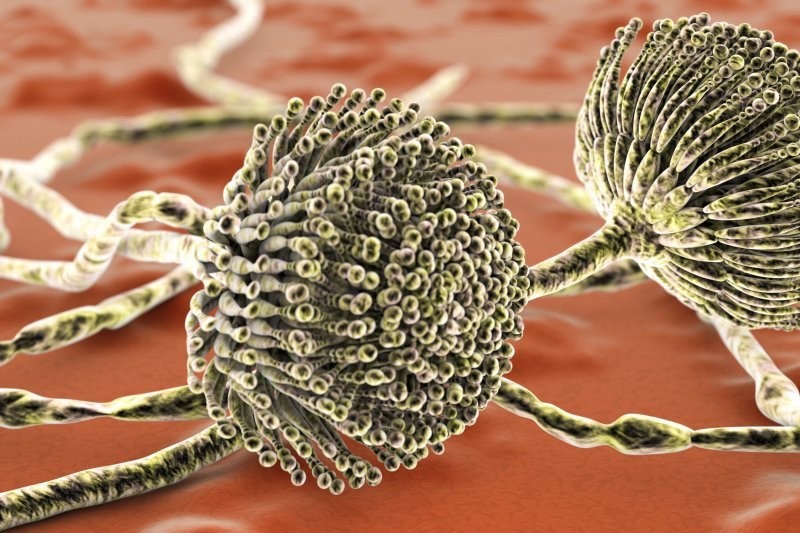
Aspergillus aflatoxins
These types of microorganisms were not known to science before. For more than 500 years they were in a state of suspended animation, and after interactions with air are activated. And provoked death members of the research group.
In the mold there was an off-scale level of aflatoxin - mycotoxin produced by the mold Aspergillus. The substance is toxic and deadly. When exposed to the human body, practically instantly destroys the liver, causing death within a few days. IN lower concentration has a depressant effect on the immune system, activates oncogenes that stimulate the appearance of malignantvein tumor. Accordingly, death is also inevitable, but only comes later from cancer.
